There’s an air of excitement around Gray’s School of Art as final-year students make the finishing touches to their exhibits ahead of today’s opening of the long-awaited “live” degree show to the public.
For the first time in three years, the exhibition will put the digital world aside to showcase real art and welcome real people to the aptly titled “Welcome to the Real World!” exhibition.
It’s a chance for people to reconnect to physical art once more, says school dean Libby Curtis, and vitally important to this year’s graduating students.
“I think it’s momentous actually,” she says. “There was a situation last week where I went into the contemporary art practice studios.
“All the students were milling around, painting things, getting the spaces sorted out, happy, chattering, the noise level was fantastic, the smell of turps…
“I actually felt very emotional about it because you recognise that something is gone from your life – but when it comes back you really feel it.”
Libby is referring to the live degree exhibitions which were put on hold due to the pandemic and saw students turn to digital learning and displays instead.
“This event is going to be very important for members of staff, for the rest of the university and the students who are graduating with us this year,” she says.
Libby has spent over 30 years in art and design education, working in the primary, secondary and the higher education sectors both in England and Scotland.
Trained as a fine metal jeweller, her work has been exhibited and sold throughout the UK and Europe through the early to mid 2000s.
She knows all too well the importance of physical output in arts, but has been heartened by how well the students responded to the limits placed on them by the pandemic, generating a different kind of creativity.
“In those two years that we were working digitally, students enhanced their digital skills. A lot found something that they really wanted to work with that they didn’t necessarily think would be right for them, and they just flew with it.”
Moving from digital to physical art
Not surprisingly, others were quicker to ditch digital, Libby points out.
“Some have returned to the art school and have thrown themselves back into the physicality of practice,” she says.
“Students had got used to working remotely so it was really important that we pushed students to come back to learning in the studio.
“The beauty of an art school are the incidences when we meet someone in the corridor or we’re sitting next to people in a group and we’re discussing things.
“The fluidity of conversation in that space is more productive, far more energised.”
That rediscovered artistic energy has produced some outstanding work from this year’s graduates. These include Phoebe Mackie (contemporary art practice) whose project Libby describes as “quiet” and “impactful”, or the oceans-inspired work of fashion and textiles student Linh Khanh Bui (“delicate, detailed and a magical body of work”).
Planning for the future of Gray’s
Discussions around sustainability, collaboration and wellbeing have also played key roles in the art school over the last couple of years, says Libby.
But with the students now ready to take their ideas out into the wider world, and as the art school makes its live comeback, she is looking forward to the school reconnecting with – and playing a bigger role in – the city once more.
“We’re looking at different ways we can support the creative sectors in the city,” Libby says. This includes the establishment of the Aberdeen ceramics studio which has been set up by alumni and staff members.
Libby adds: “We want to be able to work with them in a collaborative way in order to develop the creative footprint of industries in Aberdeen.”
Opportunities for students
Gray’s will also look at the development of uninhabited shop spaces, regeneration projects in the city, and developing community engagement – a type of ambition that continues to attract students from far and wide.
“At our recent open day I was speaking to mums and dads form Stirling, Alloa, Dumfries, the Borders. They said the welcome that they’d received here was second to none, and they also really liked the size of the school.
“There’s a real opportunity for graduates to make change in a smaller city,” she says. “A lot of graduates move to Glasgow or Edinburgh as it’s perceived to be a thriving art scene, but Aberdeen has some amazing opportunities.”
With today’s show ready to welcome back “3-D” visitors, Libby points out how proud the staff are of the students’ efforts over the last year.
“We have many staff that teach in multiple institutions and they’ve seen the struggle the students have had.”
She adds: “I really hope that when people come to see the show that they want to do art and design, or they want to purchase it – or even just interact with it.
“During lockdown it was very difficult running an art school online,” she smiles. “But coming back I remember what it feels like – and it feels so good to work in an art school.”
See the Welcome to the Real World degree exhibition gallery here.
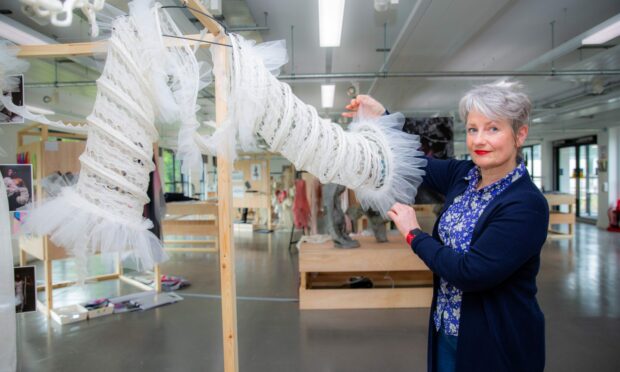
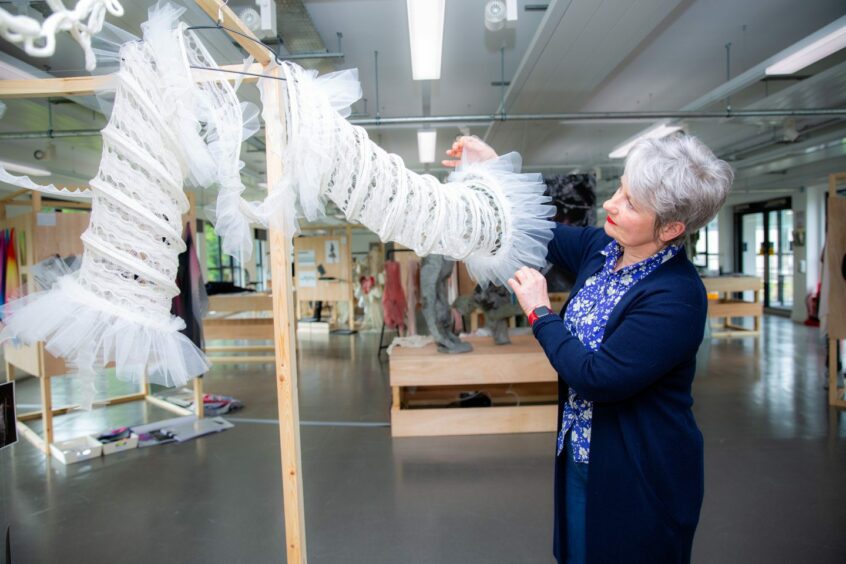
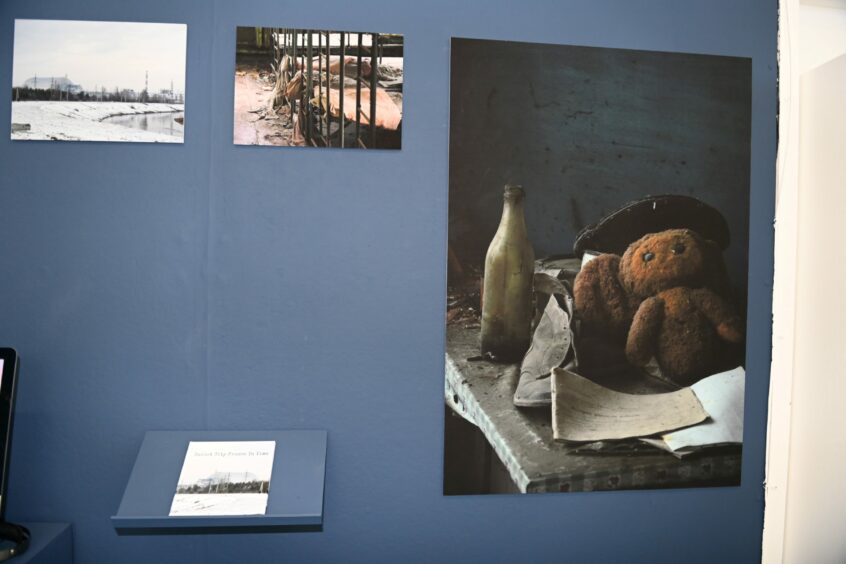
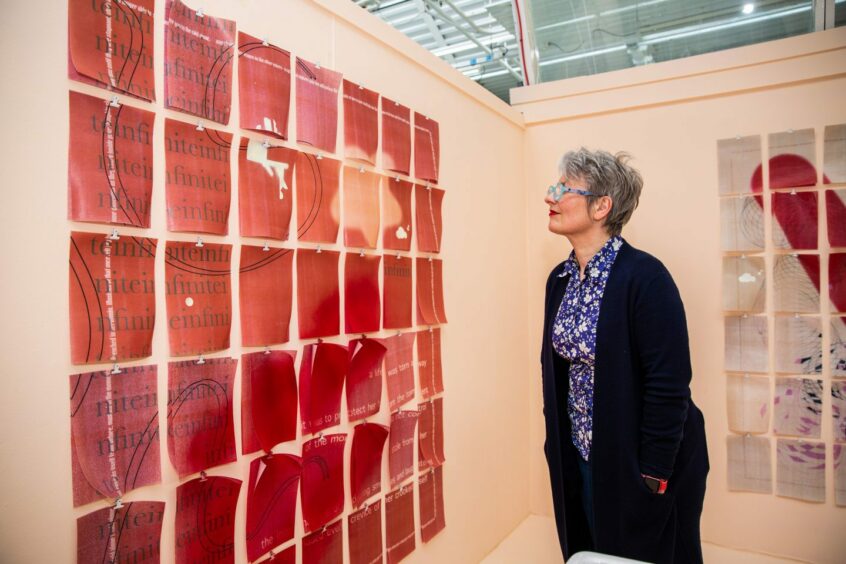
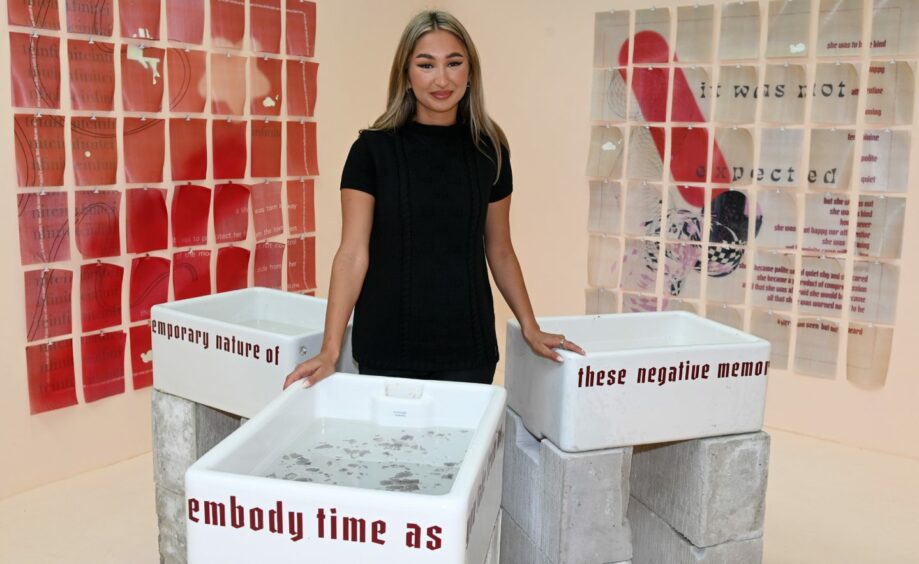
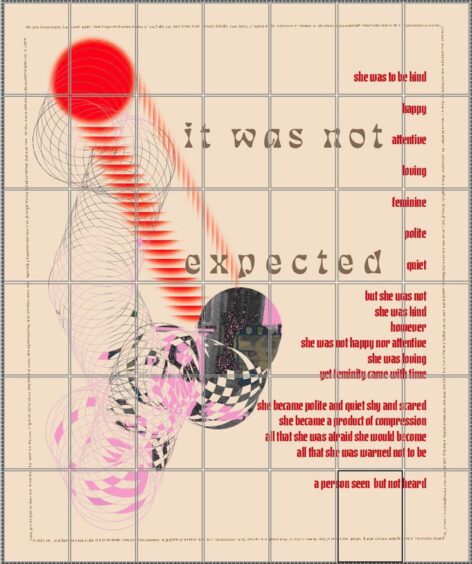
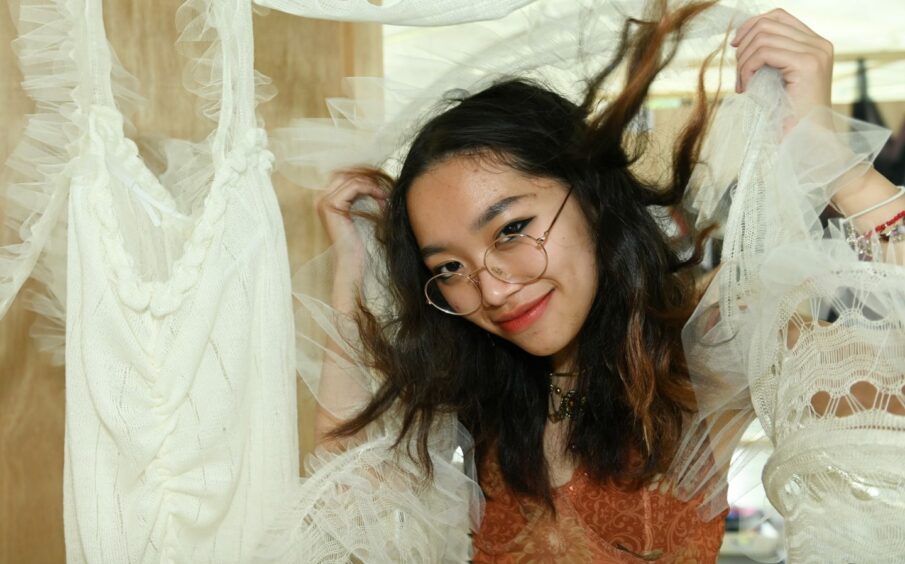
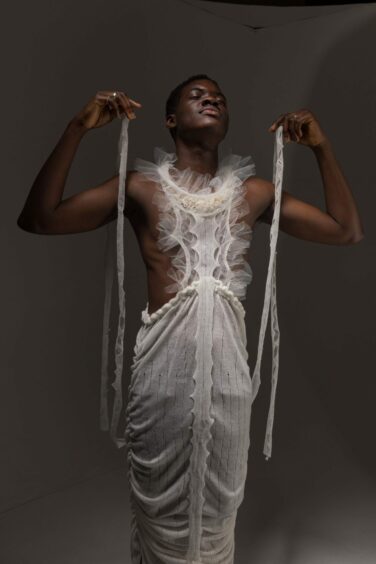
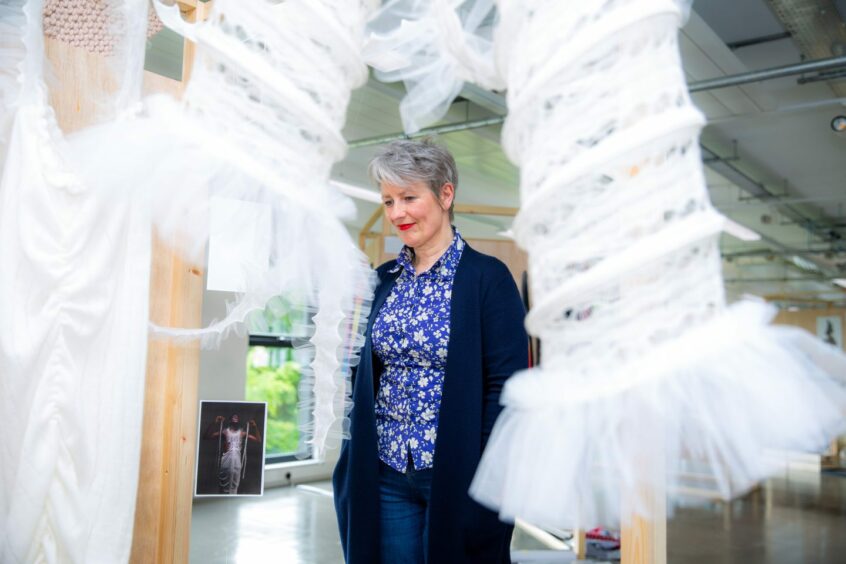
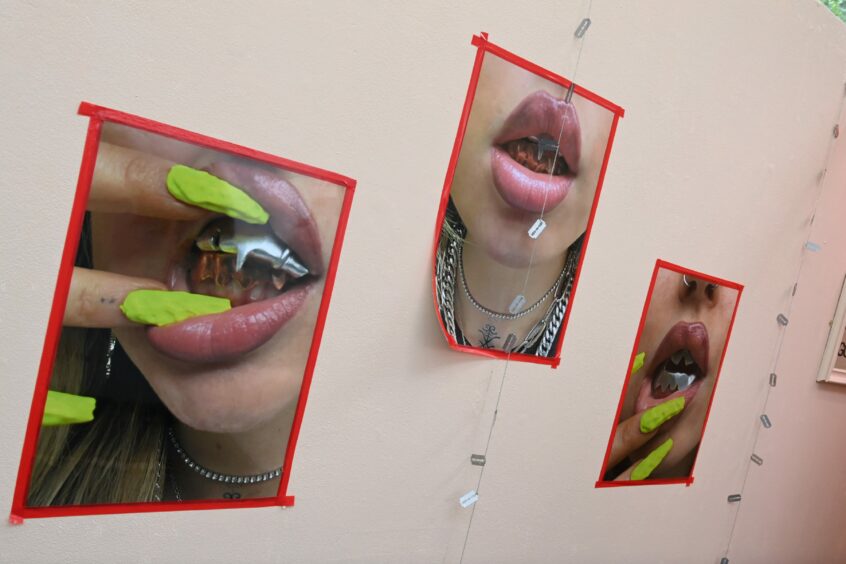
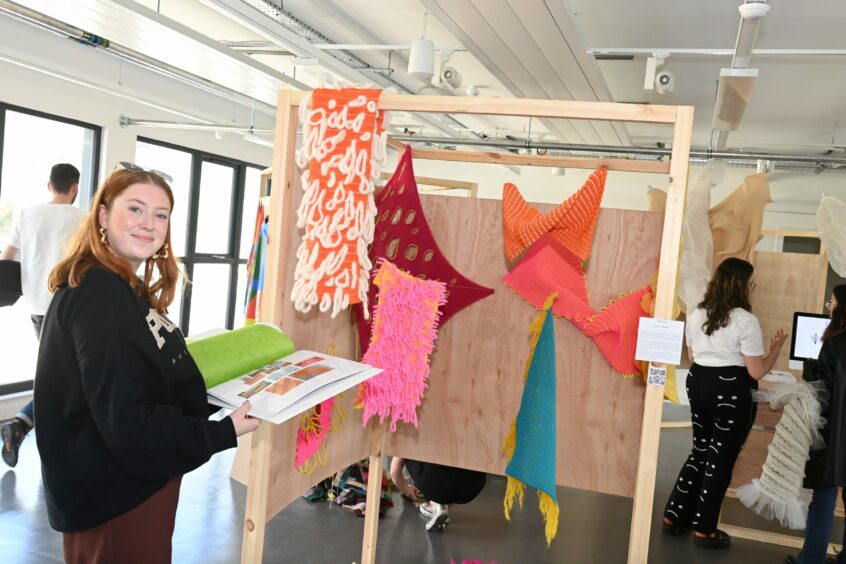

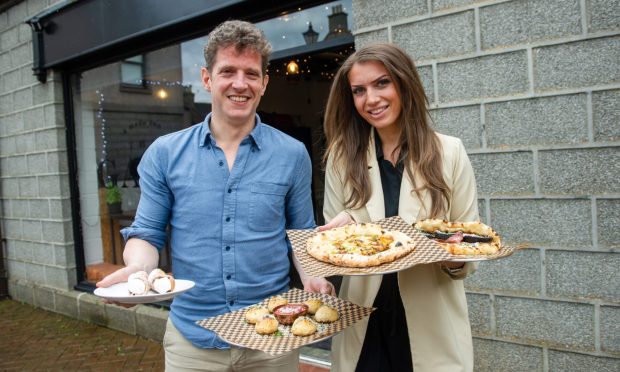
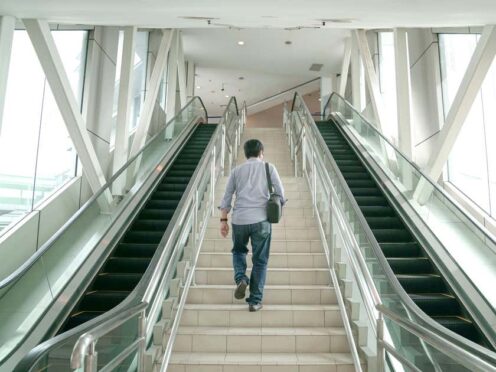
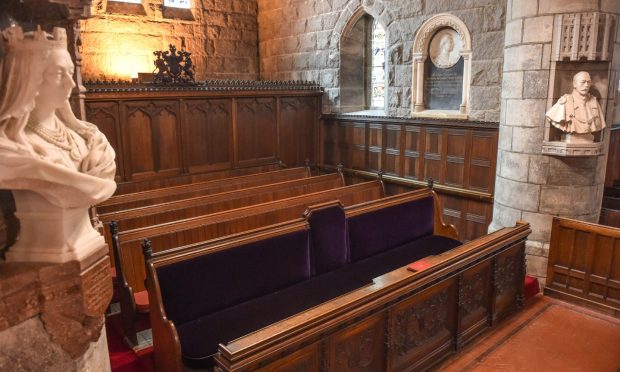
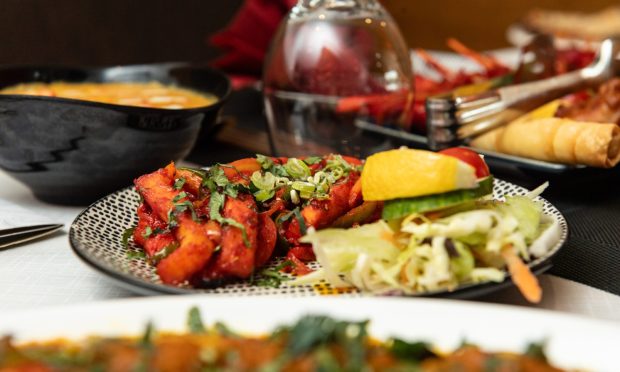
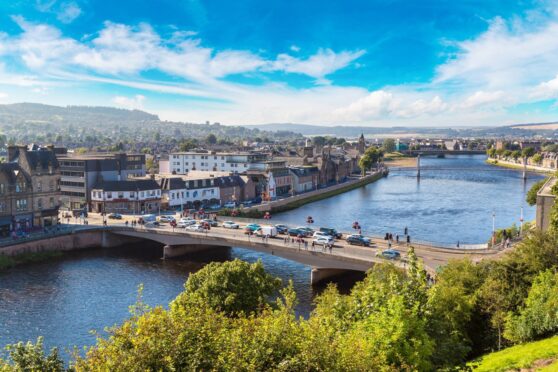
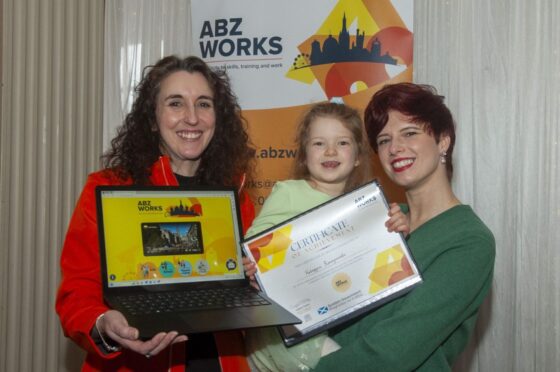
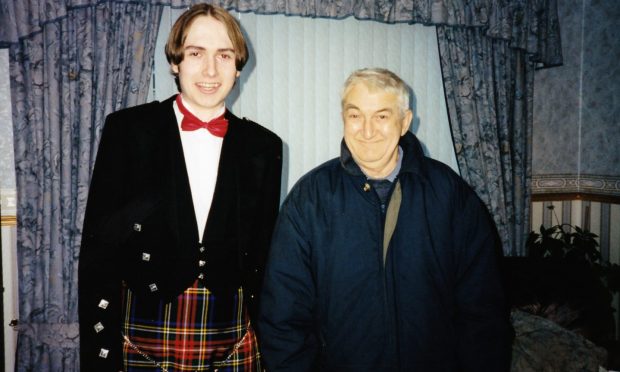
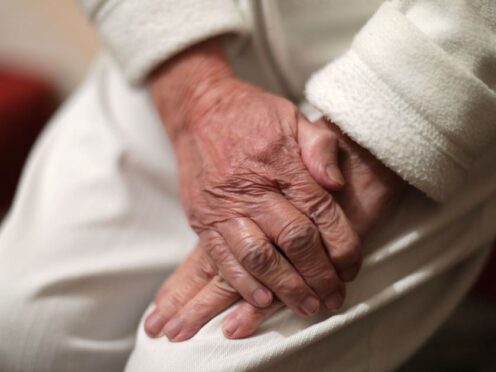
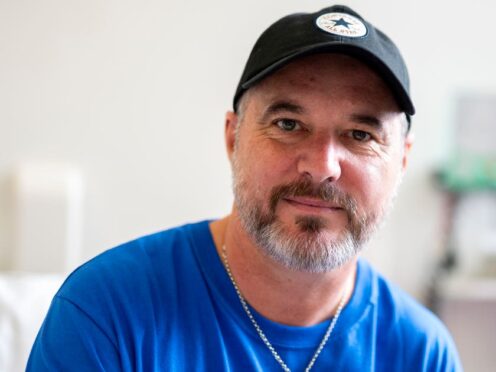
Conversation